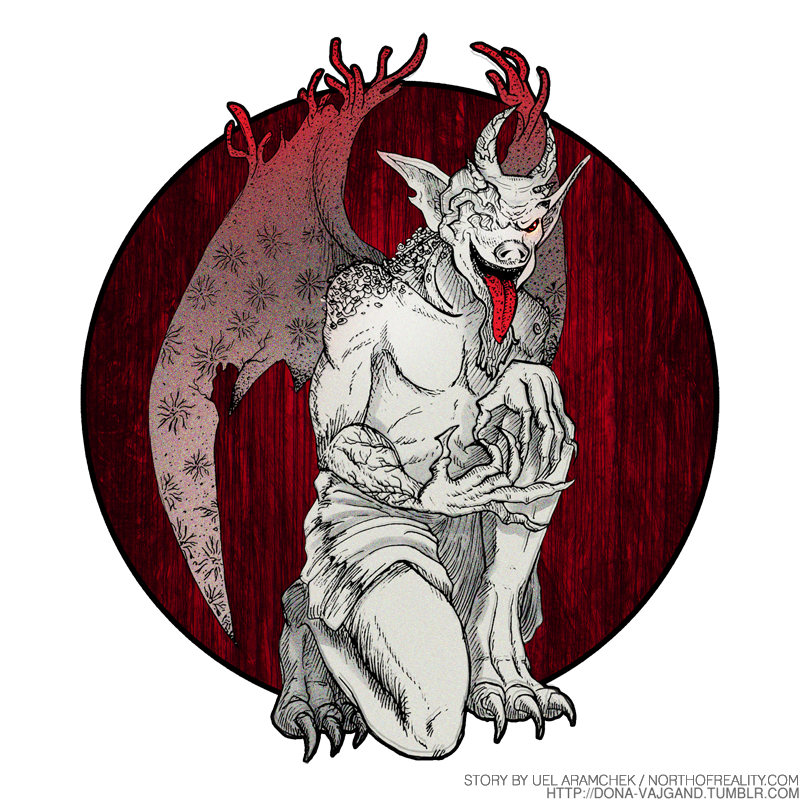Around the peak of the Red City’s prosperity, a new dominant currency began to emerge. These coins, known as binari, were wrought from a soft, warm metal, and squirmed slightly when held in human hands. What was perhaps most curious about them was that they were classified not only by denomination, but also by sex. If male and female binari were left in the same purse overnight, more could usually be found when it was opened again in the morning.
Maintaining a healthy ecosystem for one’s own money became the key to accumulating wealth. Earnings could be maximized by balancing the number of male and female binari stored in one place; as such, it was thought best to avoid spending odd-numbered amounts whenever possible. They could only reproduce while stored in total darkness, and only with opposite-sexed coins that were positioned in direct contact. Not all binari made good mates, either; determining which ones would multiply together required careful observation.
This problem was made more difficult by yet another lifelike property of binari coins, which was that after around thirty days in circulation, they died of old age. There were many superstitions about how their owners could increase their lifespan, from spritzing their chambers with perfume to massaging them with magnets, yet nothing seemed to have any significant effect. Many opportunists tried to spend them just before they shriveled away into little chrome raisins, and in response, shopkeepers began turning away customers who disproportionately spent binari that were on the verge of death.
After around two-hundred generations of their strange relationship with humanity, disease came for the coins. This numismatic plague, a cousin of the common rust, spread between binari through direct contact. Three days after exposure, they withered away suddenly- and there seemed to be no cure. The only way to prevent its spread was by keeping all of one’s own coins separate, a practice which also prevented their reproduction. Only six weeks after the first reported case, the entire city was bankrupt, for its money had gone extinct.
The Red City adopted a new currency after this tragedy, but its citizens longed for their beloved binari to return. Many sought a means by which to resurrect the species, yet there was no mint to be found, and not a soul could remember where they came from in the first place.
There are more uncomfortable forms of currency.
Due to a technicality, living currency cannot be used to pay the ferryman.


